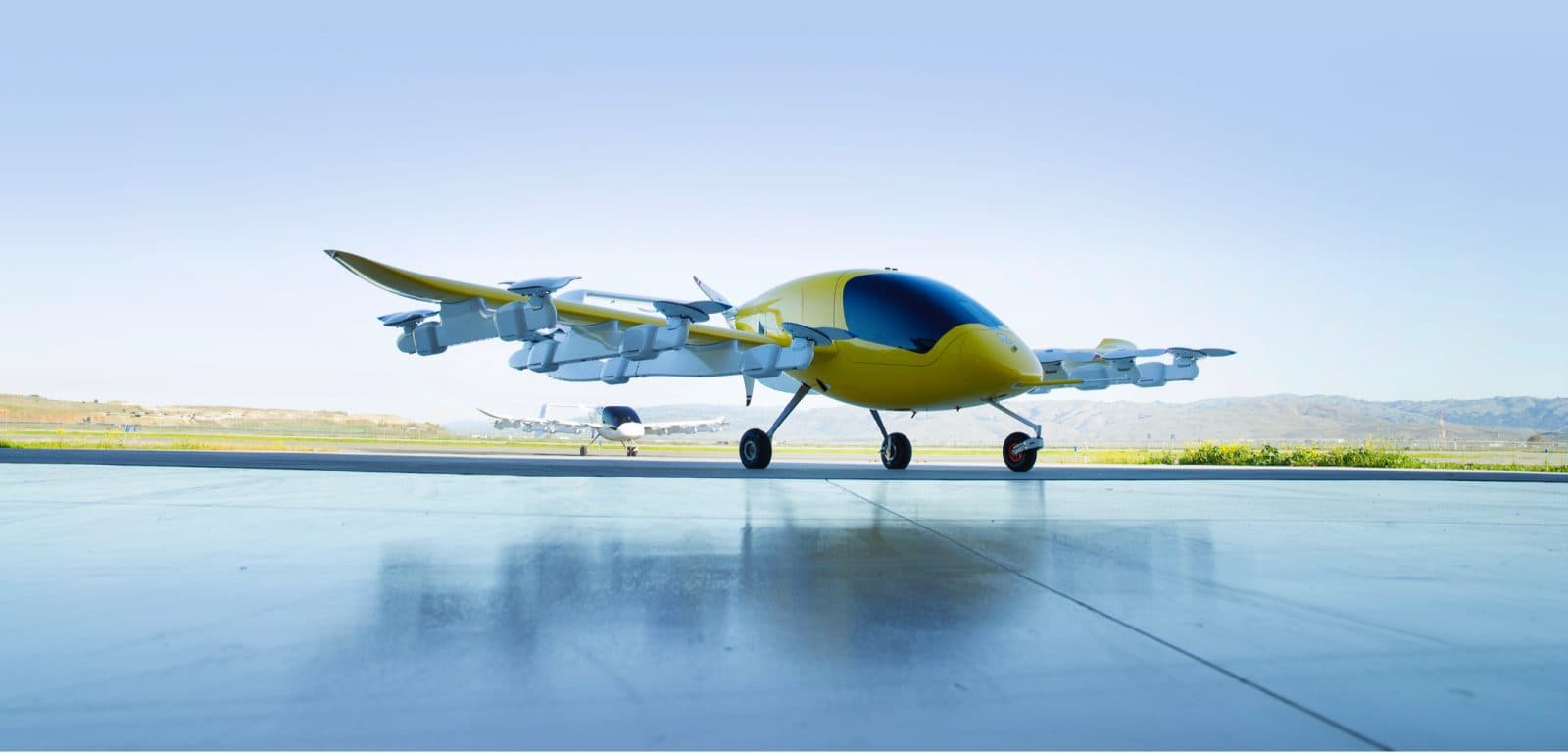In New Zealand, no one cares if you can't fly. The nation is home to many flightless birds, such as the kea and the ultra-rare yellow-eyed penguin. In fact, if you can't fly in New Zealand, you might even make it onto the nation's money — just look at the kiwi, the country's pride and joy.
So how, then, will the island nation take to taxis that fly?
We might soon find out. In April of 2017, Kitty Hawk, the flying car company backed by Google co-founder Larry Page, released the first footage of a prototype in action. Now, it seems that a finalized version of a flying automobile is taking to the skies. The New York Times reports that Kitty Hawk has been conducting "stealth test flights" in New Zealand over the last few months. On March 13, Kitty Hawk unveiled the vehicle's prototype to the world, alongside official flight footage.
Here's what we know: this vehicle will sit well with environmental activists, as it's fully electric. (Kitty Hawk asserts that the vehicle is just the latest addition to the ongoing "electric revolution.") The vehicle is optimized for shorter, city-to-city flights, with a range of 100 km (62 mi) and a maximum speed of about 150 km/h (95 mph). To operate it, you won't need a runway, as it can take off and land vertically. Of course, you won't actually be operating it at all, because the vehicle is self-piloting.
The company calls it Cora, and they note that it's meant to be much more than just a flying car — it's a flying taxi.
In the press release, Kitty Hawk said that they are working with the New Zealand government to commercialize the flying taxi. The duo are aiming to see a commercial network of air taxis soaring above the cities of New Zealand in as little as three years.
Of course, Kitty Hawk isn't the only company taking to the skies. Uber has been working to develop a flying version of its famous ride-sharing service since at least 2016, in a project called Uber Elevate. In a white paper, Uber outlined their vision to provide "quicker daily commutes, less traffic congestion, and cleaner air around the world." Specifically, their aim is to provide super-fast city-to-city access through their flying taxi service. And the plan to do it in as little as ten years.
Like Kitty Hawk, Uber's flying cars will take off and land vertically, and they estimate that their "on demand aviation" could cut travel time by more than half. However, Uber is also planning to operate in a country with a much more crowded airspace than Kitty Hawk is working with, and likely a much slower path to new regulations through the U.S.'s Federal Aviation Administration.
We're not entirely convinced that we'll really see cars flying through the skies, as accidents involving two tons of falling steel would likely throw our infrastructure into chaos. But Uber and Google have already disrupted the way we travel in monumental ways. Perhaps they can do it again.
Share This Article
